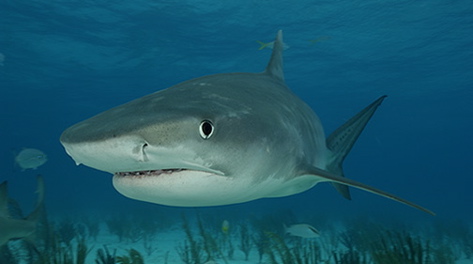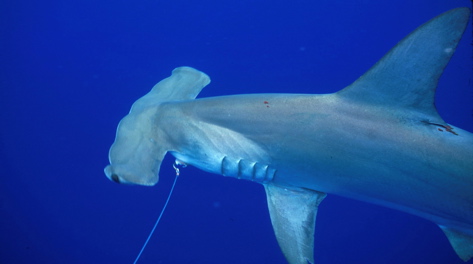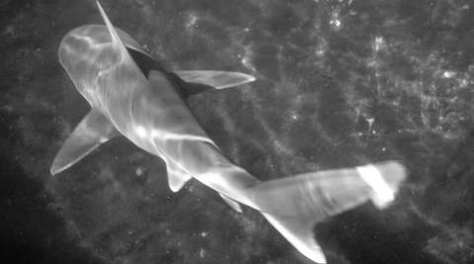Shark Fisheries Management
Sharks are key components of marine ecosystems and the target of both commercial and recreational fisheries. Most shark species are highly vulnerable to overfishing because they don’t reach sexual maturity until 5-20 years old, and produce only 8-10 pups every other year. Recovery of shark populations from severe depletion generally takes decades, which underscores the need for reliable scientific data, effective management, and conservation measures for these species.
The Virginia Shark Monitoring and Assessment Program (VASMAP) is a key source of data for better understanding and management of sharks in the mid-Atlantic and globally. The program is designed to provide detailed analyses of relative abundance, habitat use, age, growth, reproduction, trophic dynamics, and demographics of dominant species in Chesapeake Bay and coastal Virginia. Survey results are used directly by the
- National Marine Fisheries Service for its stock assessment of Atlantic shark species,
- Atlantic States Marine Fisheries Commission in its Shark Management Plan, and
- Virginia Marine Resources Commission to establish fishery regulations for sharks in Commonwealth waters
Relative Abundance
Data from the VIMS Shark Survey show that populations of large coastal sharks were severely depleted between the late 1970s and the early 1990s. These data informed the implementation of shark-management measures in Virginia in 1990, and by the federal government in 1993. These measures have led to a slow but steady recovery in most mid-Atlantic shark stocks.




